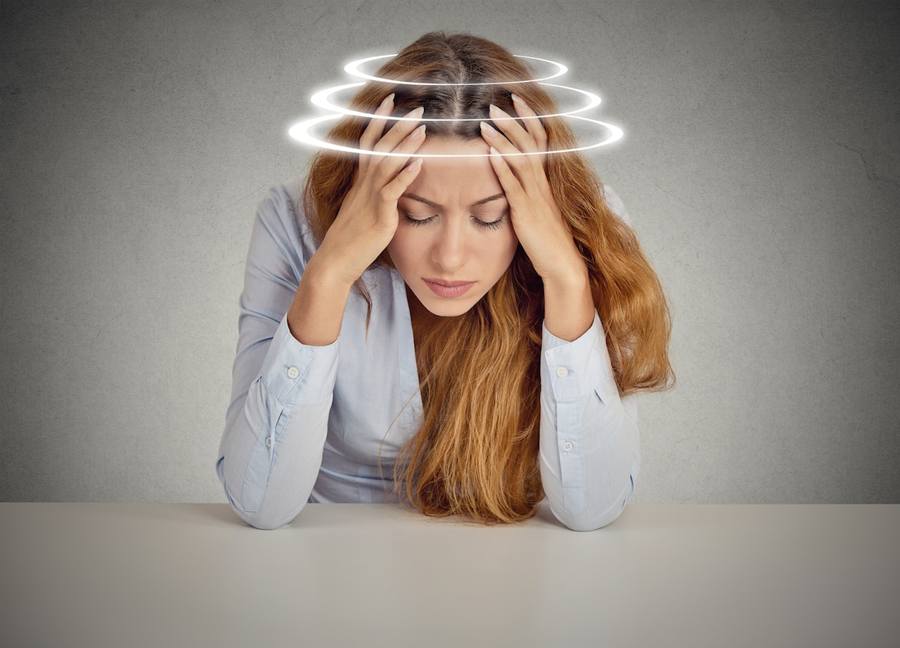What Is the Difference between a Headache and a Migraine and How to Prevent Both?
Almost all of us experience a headache from time to time, which is a normal thing and can be caused by various relatively harmless and understandable things, such as tiredness or an extra glass of wine the night before.
When you are experiencing pressure or pain in your head, it can be difficult to tell whether you are experiencing a typical headache or a migraine.
Headaches are those unpleasant pains in your head that can cause pressure and ache. They can range from mild to severe pain and usually occur on both sides of your head. Some specific areas where headaches can occur include the forehead, temples, and back of the neck. A headache can last anywhere from 30 minutes to a week. Migraines are intense or severe headaches and often have accompanying symptoms in addition to the pain.
Symptoms associated with a migraine headache include:
- moderate to severe pain (often described as pounding, throbbing pain) that can affect the whole head, or can shift from one side of the head to the other
- pain behind one eye or ear
- pain in the temples
- temporary vision loss
- vomiting
- sweating
- double vision
- slurred speech
- weakness in the limbs
- pain
- worsened by activity
- sensitivity to light, noise or odors
- blurred vision
- upset stomach and/or abdominal pain
- loss of appetite
- sensations of being very warm or cold
- paleness
- nausea
- fatigue
- dizziness
- fever (rare)
- bright flashing dots or lights, blind spots, wavy or jagged lines
Although the exact cause of migraine headaches isn’t yet completely understood, some medical researchers believe that migraines are caused by altered blood flow and abnormal levels of naturally produced substances in the brain. When certain arteries dilate, blood flow is increased and causes pain producing chemicals to be released. The dilation causes an increase in the natural substance levels, such as prostaglandins and serotonin.
This makes the blood vessels lining the brain swell and creates pressure on nearby nerves. These nerves send pain signals to the body that are typically felt around the eye or temple region and can extend to the face, sinus, jaw, or neck. Learning to identify the difference between a headache and a migraine is important, as the latter could be tied to underlying health problems, such as inflammation in the brain.
The International Headache Society has two broad categories of headache disorders:
- The first one is based on symptoms (called primary headache disorders) and includes migraine, tension-type headache and cluster headaches.
- The second one is based on their causes (called secondary headache disorders). This includes headaches associated with a head injury, stroke, substance misuse and/or their withdrawal (including alcohol), infection, disorders of the neck, eyes, nose, sinuses or teeth.
- Migraine headaches are typically divided into two categories: migraine with aura and migraine without aura. An “aura” refers to sensations a person experiences before he or she gets a migraine. The sensations typically occur anywhere from 10 to 30 minutes before the attack.
- These can include:
- feeling less mentally alert or having trouble thinking
- seeing flashing lights or unusual lines
- tingling or numbness in the face or hands
- unusual sense of smell, taste, or touch
- Some migraine sufferers may experience symptoms a day or two before the actual migraine occurs.
Known as the “prodrome” phase, these subtle signs can include:
- constipation
- depression
- frequent yawning
- irritability
- neck stiffness
- unusual food cravings
The problem often begins during “down” times, such as weekends and vacations when you’re not feeling stressed. Just as there are signs suggesting migraines, there are indications that tend to rule them out. For example, if your headache usually strikes while you’re laughing hard, exercising, or enjoying sex, it’s quite likely an exertion headache. If the pain typically zeroes in on the days you skip meals because you’re trying to lose weight, the problem may be due to low blood sugar. If the headache produces dull pain, generally strikes during or after a long or difficult work period, and your shoulders and neck muscles are knotted and stiff, it’s probably a tension headache. And if the headaches grow steadily worse over time, they may be due to an organic problem.
Prevention Tips for Headaches and Migraines:
- Prevention is often the best treatment for migraine headaches. Examples of preventive methods your doctor may prescribe include:
- Making changes to your diet, such as eliminating foods known to cause headaches. These could include alcohol or caffeine.
- Taking prescription medications, such as antidepressants, blood pressure-lowering medicines, or antiepileptic medications.
- Taking steps to reduce stress.
If you get regular headaches, it is important to see your doctor and get a proper diagnosis. The diagnosis will depend on upon your doctor taking a medical history, possibly referring you for tests and narrowing down the range of possible causes for your headaches. The correct diagnosis of a headache can help you to manage your headaches and if necessary embark on a suitable form of treatment.
We hope this article have clarified everything about the difference between a headache and a migraine, and that you will take the necessary to prevent both.
References:
- http://www.achenet.org/news/sinus_headache_or_migraine/
- https://www.excedrin.com/migraines/causes/migraine-vs-headache/
- http://www.medicinenet.com/script/main/art.asp?articlekey=55043
- http://www.healthline.com/health/migraine/migraine-vs-headache#TreatingHeadaches4
- https://www.migrainetrust.org/about-migraine/types-of-migraine/other-headache-disorders/headache/
- http://www.naturalnews.com/054198_migraines_headaches_symptoms.html
By Anastasia T. in lifeadvancer.com



























